1918: I Know Dadaism in Photography. What About You?
There was a photography teacher once said to me in an arrogant way--
“Young girl, do you know what is impressionist photography, realistic photography, naturalistic photography, pure photography, and Neo-art photography? And of course, don’t forget surrealism photography, abstract photography, photography of Dadaism and subjectivism... Do you understand that?”
But I don't. I bear down my head in shame, looking at him and listening to his chatter with saliva: "young man, if you don't know any of these basics, how do you take pictures? I don't mean to say that you don't have the spirit of the older generation... What I want to say is about your attitude..."
Therefore, I decided to be proficient in art aesthetics. And in the near future, I will try to surpass my teachers and show my art cells. It’s time to photograph my dream like Ray Man said that “I would photograph an idea rather than an object, a dream rather than an idea.”
Hence, let's talk about something about Dadaism in photography! 
(photo by Man Ray)
The Birth of Dadaism in Photography
The most interesting style of photography for me is Dada photography, which was born in 1918 and is one of the modern photography. Dadaism is imbued with many labels: radicalization, surrealism, nihilism… Under the influence of Dadaism in painting, like the Dada's improvisational practices and the Surrealist's foray into the unconscious, dream, and fantasy realms, Dada photography appeared and challenged the viewer's perceptions with a strong basis in conceptualism, conjuring the uncanny, ethereal, or unordinary.
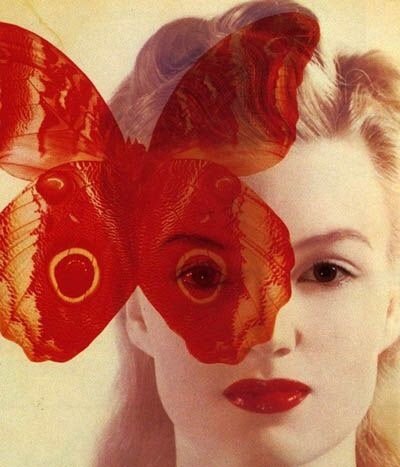
This kind of photography mostly used the darkroom process to put together the newspaper pieces, the physical objects, and other debris to make up a picture. Dadaism photography did not conform to the traditional aesthetic habits and tastes. Dadaism in photography was led by a group of young artists and anti-war activists. They expressed their despair of bourgeois values and world war I through anti-aesthetic works and protests. Like Dadaism in painting, it had no theoretical positive contribution. Therefore, Dada’s photography was gradually on the wane. After 1924, it was replaced by surrealist photography with a clear and complete art program and theory.
The Features of Dadaism
Even though Dadaism had no systematic theory to support itself, Dadaists' diverse activities were very influential at that time, including public meetings, demonstrations, publishing arts and literary journals and so on. The Dadaist publications are full of enthusiastic comments and insights about art, politics, and culture. After the World War I, the concept of Dadaism reflects the subversion of the old values of many people in the disordered world. Since it is difficult to find the practical meaning at that time, Dadaists thought why not treat the disorder as a kind of nature of the world and overturn the old aesthetic system. It was the old order that led to the human tragedy of the World War I, they believed. Hence, it’s time to pursue the sober state of irrationality, the rejection of conventional artistic standards, disillusionment, and cynicism. Advocates of Dadaism believe that values should not be a rigid and inflexible force of repression, not only in art but in every aspect of daily life. Most of the participants in the Dadaism movement were deeply influenced by the nihilistic view that all human creations have no real value, including art. The foundation of Dada's artistic creation lies in opportunity and contingency. Photography is therefore transformed from documentary details into abstract images.
As Creative Tools in Fashion World
Dadaism also provides a new creative technique for market photography. Fashion photography can no longer wear trendy, fashionable clothes directly to convey fashion, but rather to provide an idea and a future trend, such changes, formed its own unique aesthetic fashion photography.
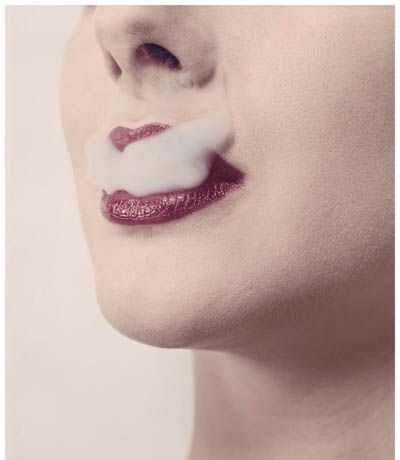
The Pioneering Dada Photographer in Philadelphia
Dada's pioneering photographer Man Ray, born in South Philadelphia, Pennsylvania in 1890, spent most of his career in Paris, France. He made a great contribution to the Dada movement and the Surrealist movement, although he did not formally participate in them. Man Ray is known for his avant-garde photography, and he is also a reputable fashion photographer and portrait photographer. His fantastical imagination and high logic of light and shadow made a great contribution to Dadaism and surrealism movement.
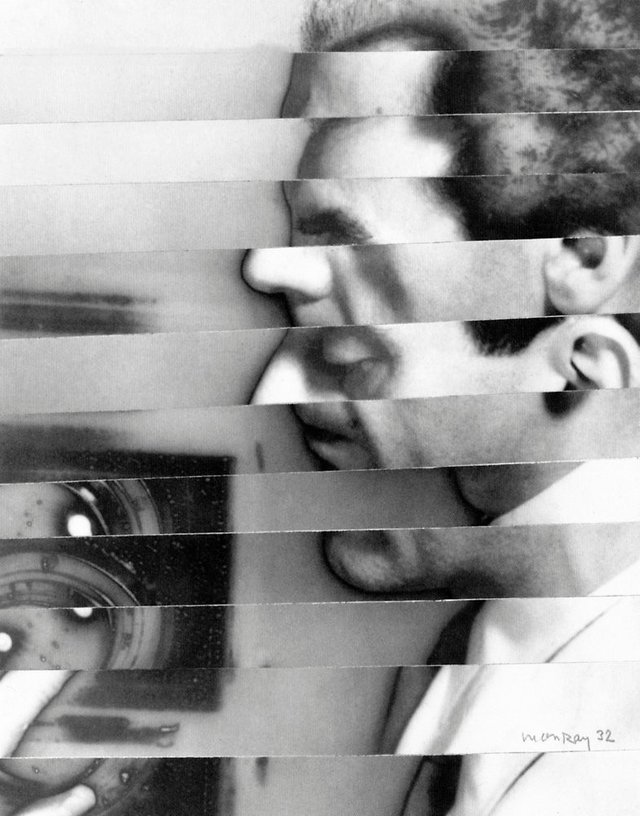
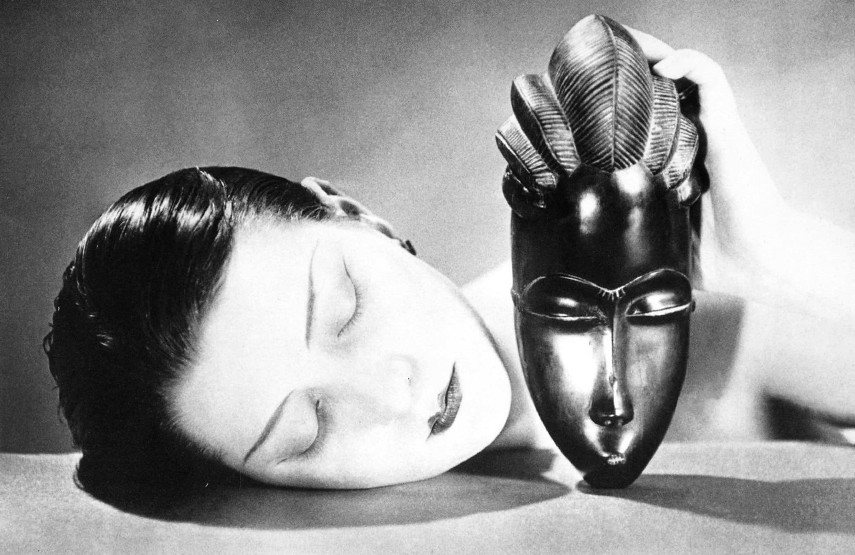
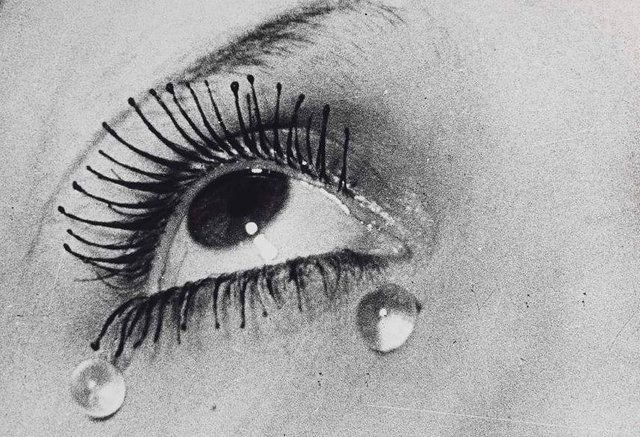
100% of the SBD rewards from this #explore1918 post will support the Philadelphia History Initiative @phillyhistory. This crypto-experiment conducted by graduate courses at Temple University's Center for Public History and MLA Program, is exploring history and empowering education. Click here to learn more.
Whoa, Man Ray was born in Philadelphia??!!?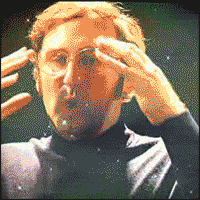
My reaction too!
Yes, he was! Surprise~
Btw, the emoji is cool!
As the Dadaists knew, a picture is worth 1000 words :)
So beautiful !!!
Just enjoy the uncanny photos!
Great Post! I am a huge ManRay fan as well. I remember being quite proud when I discovered his Philly roots. One of the coolest parts of DADA photography is the use of collage. My favorite artist of this style is Hannah Hoch. You might like her work too!
I remembered that her works had lots of metaphoric imagery. Quite a cool artist!
Good find. And quite interesting! Especially considering our discussion of Morton Schamburg in class. (His sculpture of a sink trap in a miter box entitled God, dates to 1917.
Consider listing sources for your images next time?
Thanks for the reminder. I will update it as soon as possible.